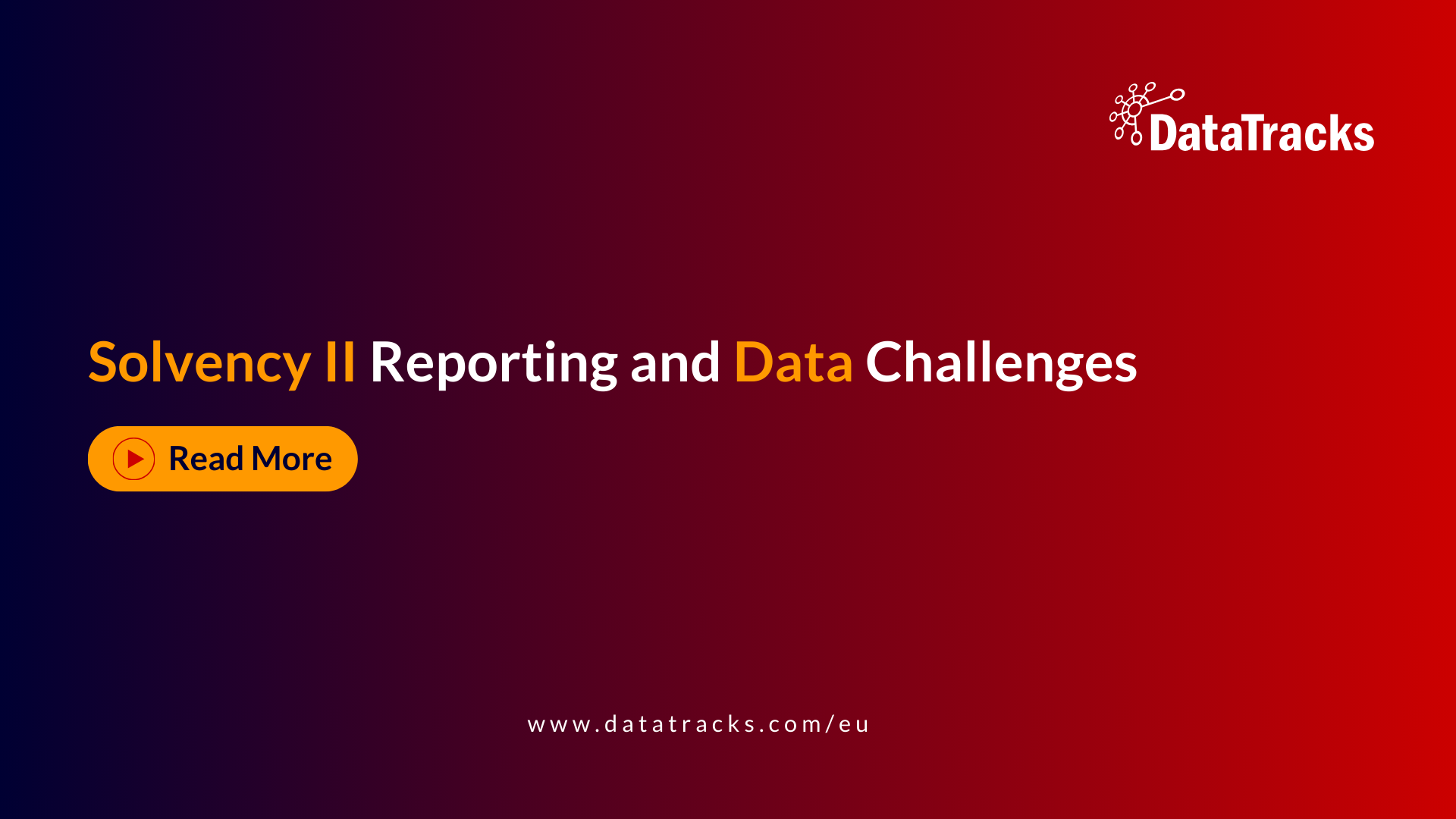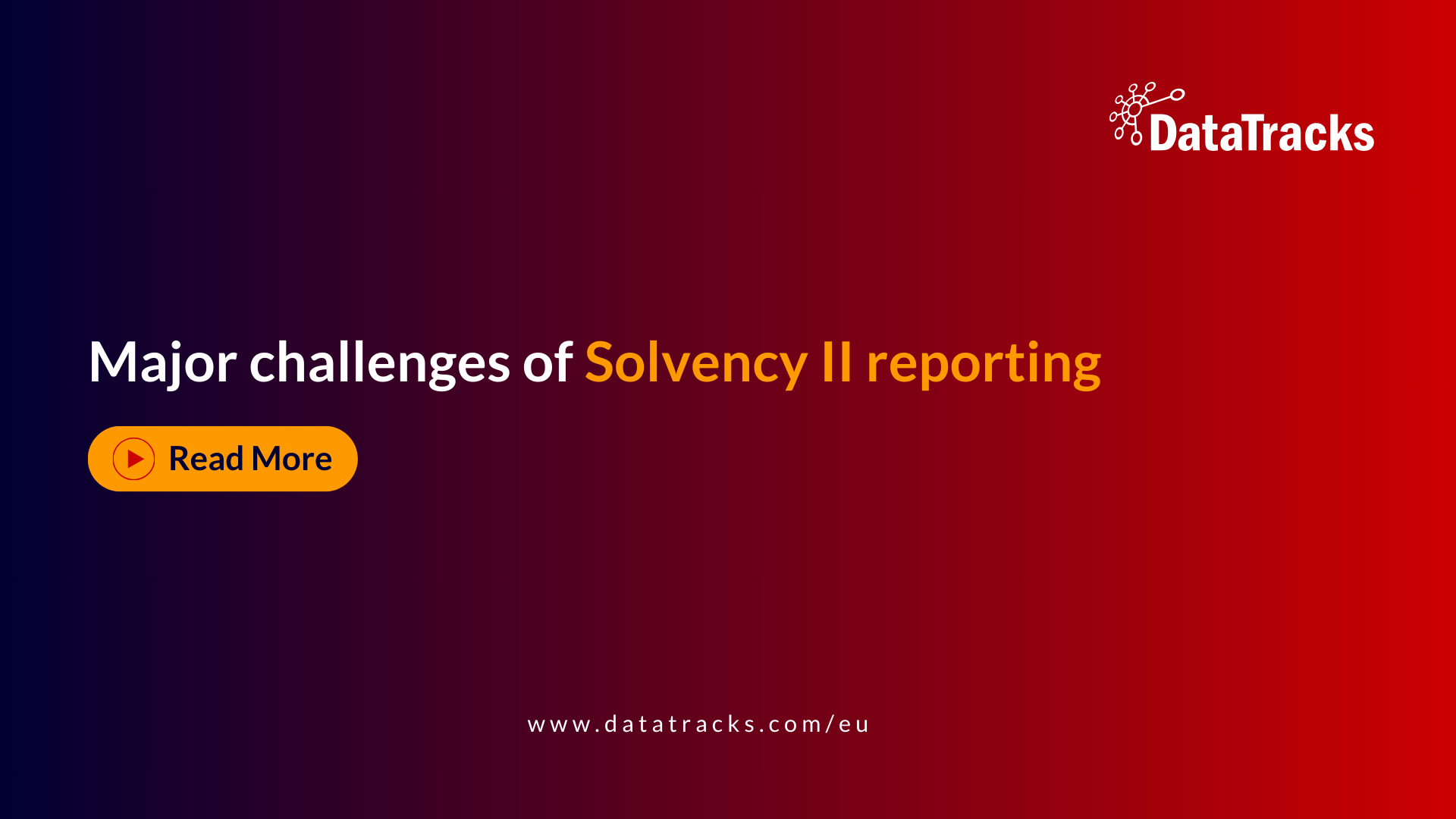A Review of Solvency II Principles (Forward Looking Risk Assessment)
The Solvency II (Directive 2009/138/EC) regulatory compliance framework has put in place a robust ‘Three Pillar’ approach for the regulation of insurance and reinsurance undertakings (Undertakings) operating throughout the European Union (EU). Pillar 1 deals with quantitative requirements (e.g. assessment of own funds, Solvency Capital Requirement (SCR)), Pillar 3 deals with disclosure requirements (e.g. transparency, reporting to the public and to national supervisors), and Pillar 2 deals with qualitative requirements (e.g. Supervisory Review Process (SRP), Governance System). This four part blog series will deal with different Solvency II Principles, namely ‘Systems of Governance’ (PART 1), ‘Forward Looking Risk Assessment’ (PART 2), ‘Internal Models’ (PART 3), and ‘Supervisory Reporting’ (PART 4).
Solvency II Internal Models
Under Article 112 of Solvency II, insurance firms can calculate the Solvency Capital Requirement (SCR) using either a Full Internal Model (FIM), a Partial Internal Model (PIM), or the Standard Model. An internal model includes the systems, processes, and calculations a firm uses to identify, measure, manage, and mitigate risks.
Model Choices
Standard Model:
Widely used but may not accurately reflect the actual risk profile of many firms.
Full Internal Model (FIM) and Partial Internal Model (PIM):
These models offer a more accurate, risk-sensitive approach.
They can lead to lower capital requirements and more efficient capital management.
Challenges of Implementing Internal Models:
Complexity and Resources:
Developing a FIM or PIM is complex, time-consuming, and resource-intensive.
Approval Process:
Firms must meet stringent statistical quality, calibration, validation, and documentation standards to gain supervisory approval.
Once approved, firms cannot revert to the Standard Model without justifiable reasons and regulatory approval.
Market Trends:
In countries like Greece, Germany, and the Netherlands, many firms choose not to implement internal models, despite the Standard Model’s limitations. Research indicates that the Standard Model often does not align well with the actual risk profiles of many insurers.
Operational Considerations:
Annual Reviews:
Firms must annually review and explain the sources of profits and losses for each major business unit using their internal model.
Catastrophe Risk Models:
Integrating catastrophe risk models into FIM or PIM frameworks is challenging and requires careful selection of methods and models to fit the firm’s profile.
Solvency II Article 120 ‘Use Test’:
Governance Role:
Firms must prove that their internal model plays a crucial role in governance, risk management, decision-making, and capital assessment.
Senior Management Involvement:
Senior management must actively use the internal model in daily business decisions.
Annual Testing:
Firms must test the results and assumptions of their internal models at least annually.
Conclusion:
Choosing between the Standard Model and developing a FIM or PIM is a significant decision for insurance firms. While internal models provide better risk sensitivity and capital efficiency, they require substantial investment in time and resources and must meet rigorous regulatory standards. Despite these challenges, the benefits of adopting internal models, such as improved risk management and optimized capital allocation, make them a valuable option for many firms.
At DataTracks we make it our business to understand the new and highly complex Solvency II operational framework, and we strive to provide cost-effective reporting solutions for firms through our DataTracks ‘Solvency II Reporting Software‘.
DataTracks. We make regulatory compliance simple.
For more information on our Solvency II reporting solution and prices, please email us at: enquiry@datatracks.eu.


